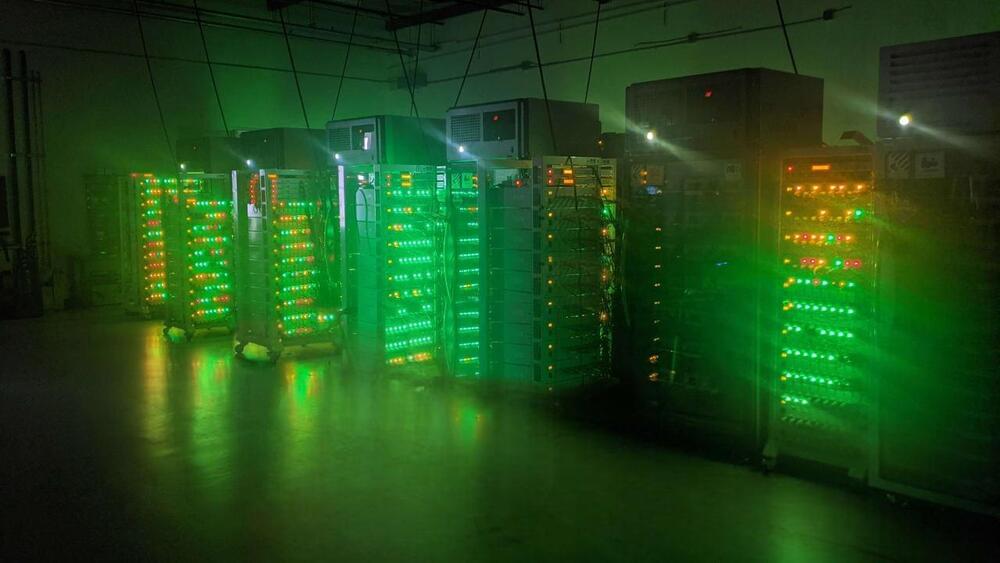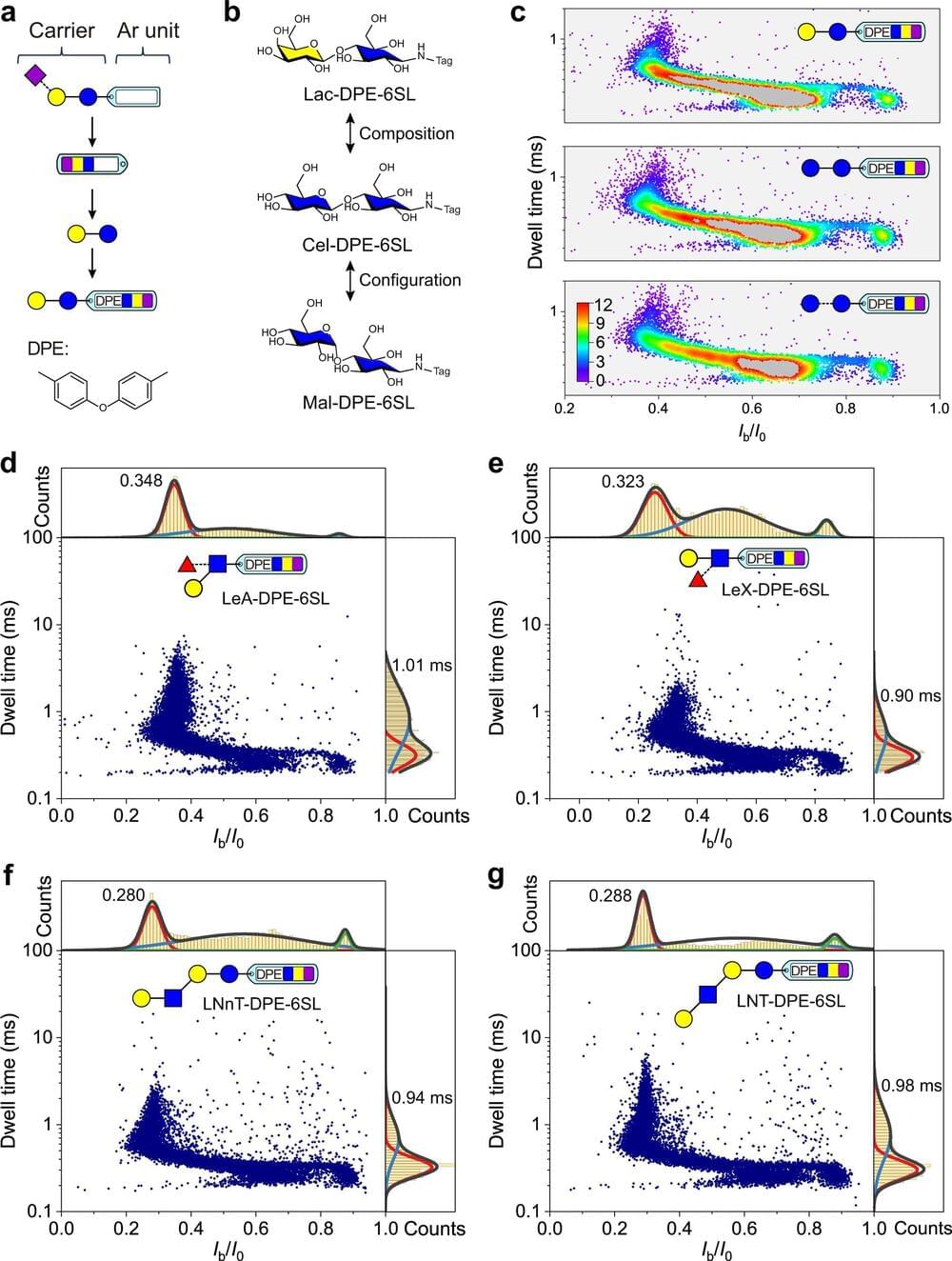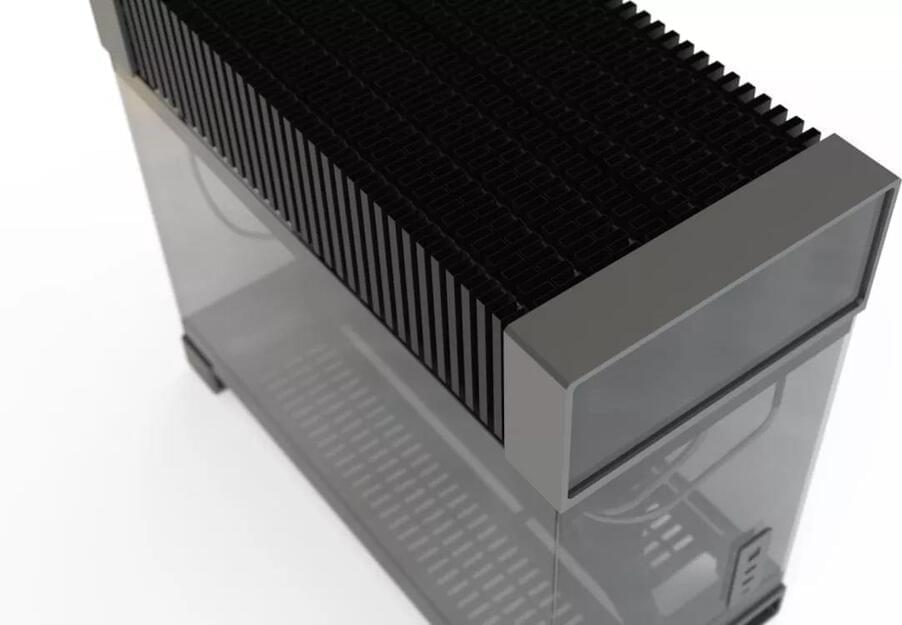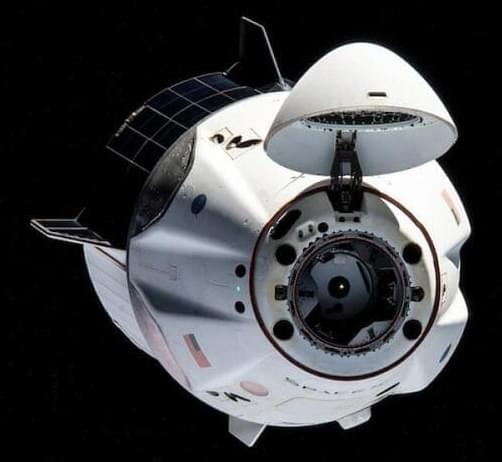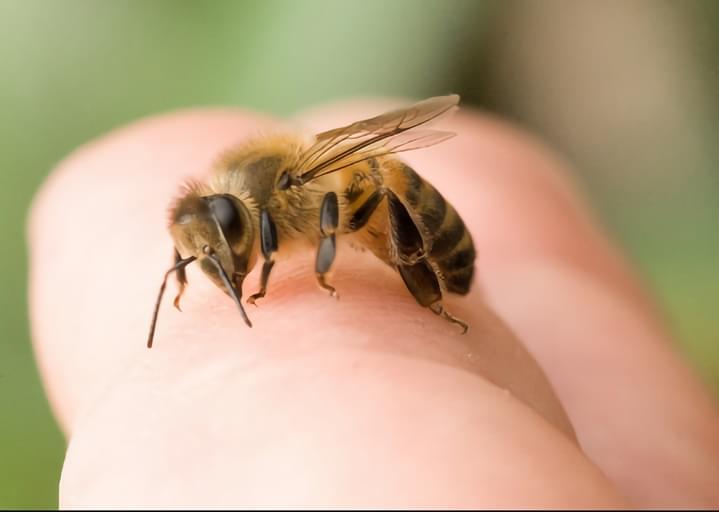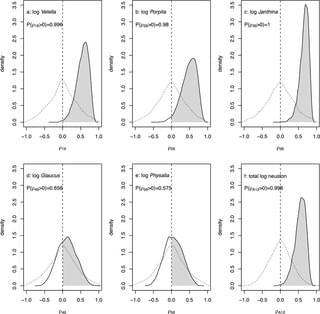A team from Newcastle University and Northumbria University in the UK has found that the thin, root-like threads produced by many fungi can potentially be used as a biodegradable, wearable material that’s also able to repair itself.
In their tests, the researchers focused on the Ganoderma lucidum fungus, producing a skin from branching filaments known as hyphae, which together weave into a structure called a mycelium.
With a little more work the fragile skins could serve as a substitute for leather, satisfying vegan, environmental, and fashion tastes, though the process of its creation also needs to be sped and scaled up before it can be transformed into next season’s jacket.


